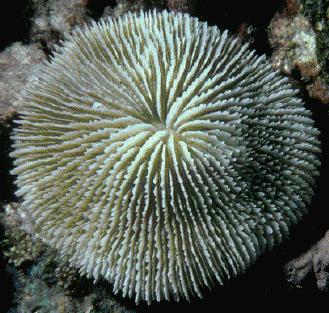Introduction to Cnidaria
Jellyfish, corals, and other stingers
Cnidarians are incredibly diverse in form, as evidenced by colonial siphonophores, massive medusae and corals, feathery hydroids, and box jellies with complex eyes.
Yet, these diverse animals are all armed with stinging cells called nematocysts. Cnidarians are united based on the presumption that their nematocysts have been inherited from a single common ancestor.
The name Cnidaria comes from the Greek word "cnidos," which means stinging nettle. Casually touching many cnidarians will make it clear how they got their name when their nematocysts eject barbed threads tipped with poison.
Many thousands of cnidarian species live in the world's oceans, from the tropics to the poles, from the surface to the bottom. Some even burrow. A smaller number of species are found in rivers and fresh water lakes.
There are four major groups of cnidarians:
Anthozoa, which includes true corals, anemones, and sea pens;
Cubozoa, the amazing box jellies with complex eyes and potent toxins;
Hydrozoa, the most diverse group with siphonophores, hydroids,
fire corals, and many medusae; and
Scyphozoa, the true jellyfish.
|
Click on the buttons below to learn more about Cnidaria. 


 |
Visit the Cnidaria WWW Server for information and links dealing with all manner of cnidarians.
Visit the home page of the Hydrozoan Society.

